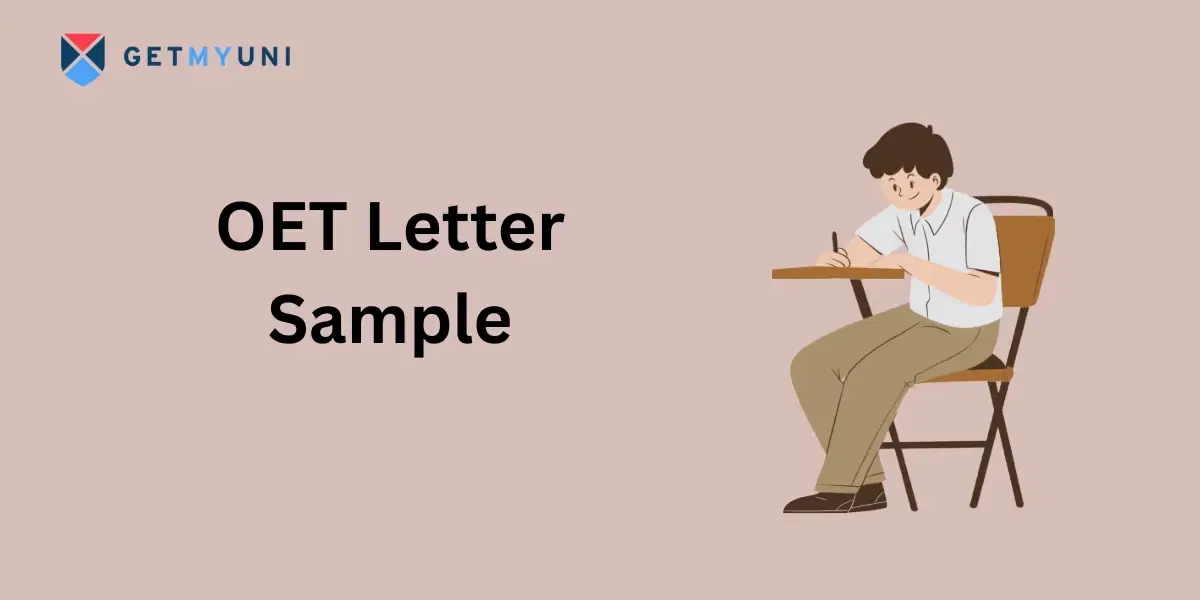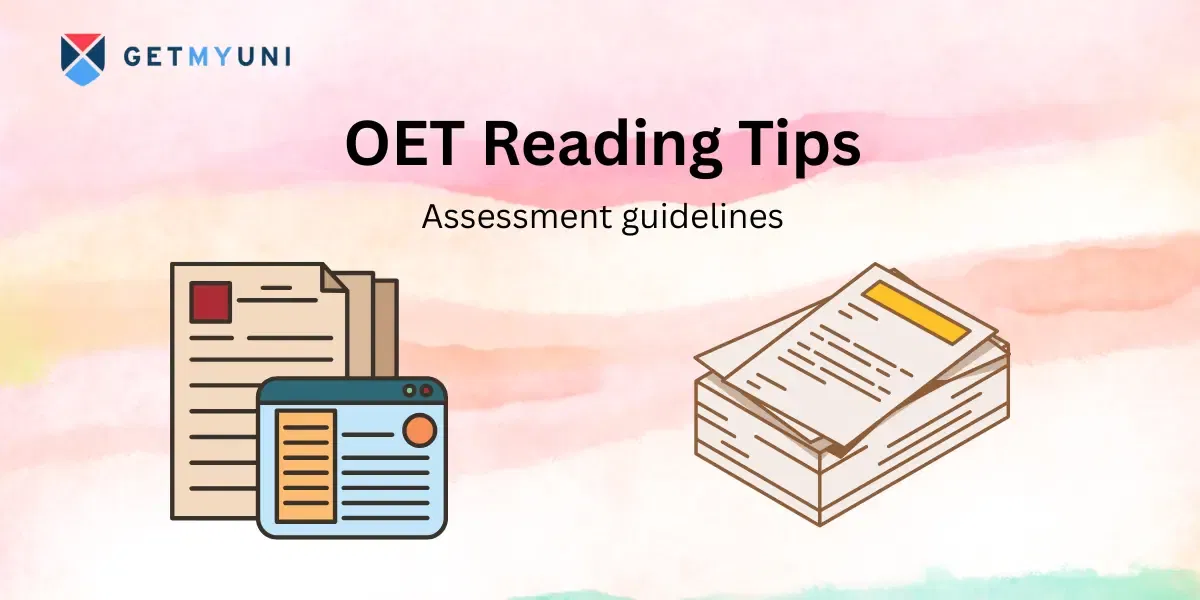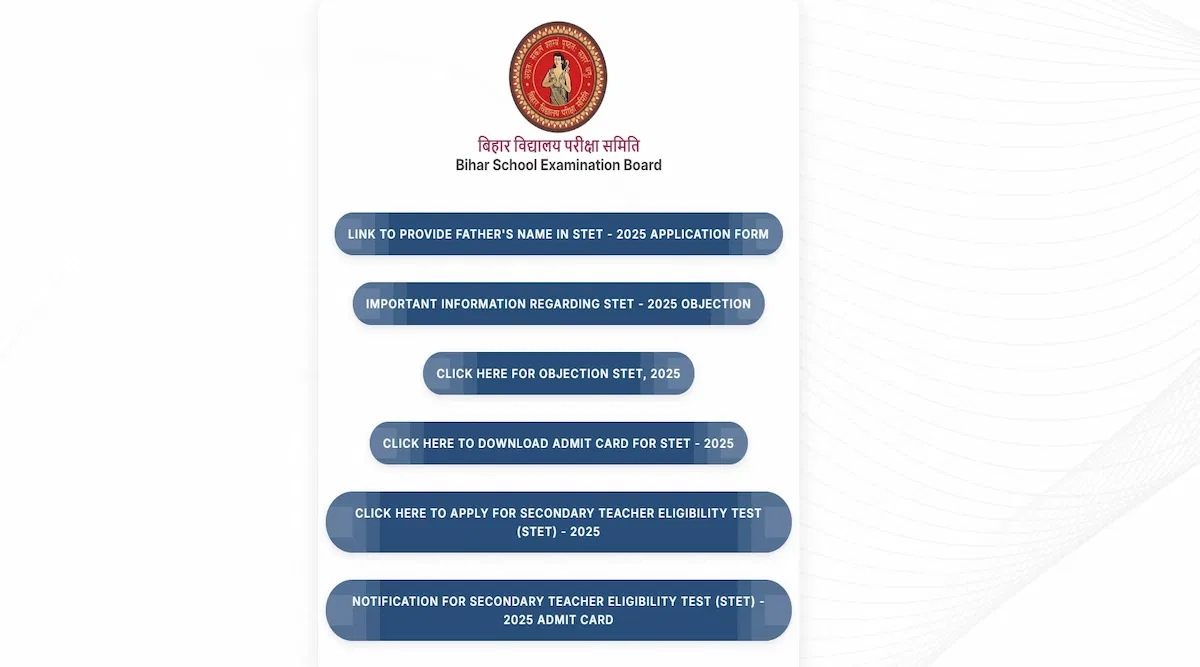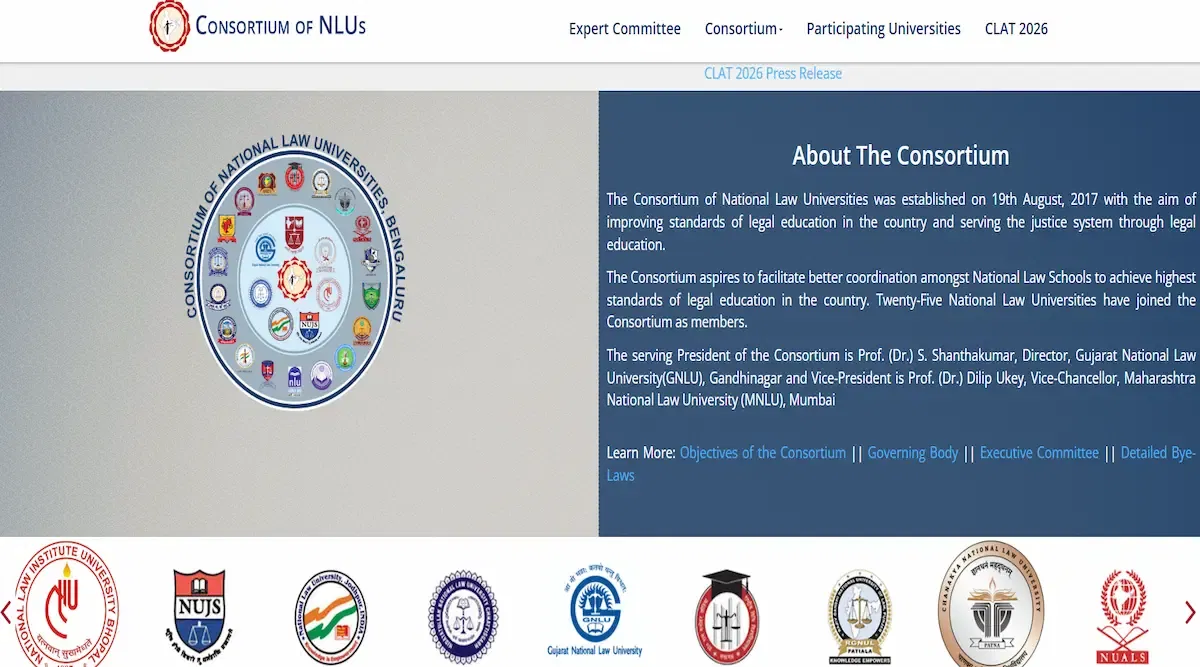Students from abroad who wish to pursue higher education in Germany often find it difficult to choose between the two German language proficiency exams: TestDAF and DSH. Here's a quick overview of the two to help you decide which one is right for you.
Germany is home to top-ranked universities that provide quality education and globally valued degrees at affordable costs. German universities offer a diverse range of English and German-taught programs. For those looking to study in Germany, language proficiency tests are an essential requirement of the application process. There are two German language tests that German universities widely accept: TestDAF and DSH. Students applying to German universities often face the dilemma of deciding which language proficiency test to take: TestDAF vs DSH. This article offers a comprehensive overview of the key differences and similarities between these two language proficiency exams so that you can make an informed decision.
TestDAF - Test Deutsch als Fremdsprache
TestDAF (Test of German as a Foreign Language) is a standardized language test to assess your proficiency in German on a B2 C1 level. Germany's TestDAF Institut conducts this exam, and it is accepted by most of the universities in the country. With close links with DAAD and many premier institutes, such as the Goethe Institute, the institute is able to conduct the examination in over 90 countries. Therefore, this is the most popular examination for students applying to universities and colleges in Germany.
DSH - Deutsche Sprachprüfung für den Hochschulzugang
DSH is also a popular German proficiency test accepted by several German institutions. It is a non-standardized test that is conducted individually by the universities in Germany. The test consists of two portions (written and oral), held on different dates. First, students have to pass the written exam before taking the oral exam. Then, a total score is calculated by adding the scores from each of the two sections.
A Comparison: TestDAF vs DSH
Both exams test your writing, reading, listening, and speaking skills, have the same level of B2 C1 and are widely accepted by many universities. However, there are a few differences, as we have attempted to summarize below:
| Criteria | TestDAF | DSH |
|---|---|---|
| Basis of Evaluation | Different language skills are assessed by TestDaf, including reading comprehension and listening comprehension, as well as written and oral proficiency. | DSH evaluates applicants on their oral and written German language proficiency. |
| Exam Centres | Candidates can appear for this exam at various centres across 90+ countries. | It is possible to take this test in Germany only. |
| Validity | The validity of the TestDAF exam is indefinite. | DSH validity is two years after the exam is taken. |
| Frequency | TestDAF is conducted around six times a year. | DSH is conducted around four times a year. |
| Fee | The fee for taking the test is approximately 90 euros. | Test fees range from 40 to 140 euros, depending on the university. |
| Grading and Results | TestDAf has three levels of grades: TDN 3TDN 4 TDN 5 | DSH has three levels of grades: DSH-1 DSH-2 DSH-3 |
| Minimum Scores Required | Students must have a minimum score of TDN 4 or above to apply to universities in Germany. However, some German technical colleges accept TDN 3 as well. | A majority of the universities accept DSH-2 and DSH-3, while some technical colleges may admit students with DSH-1 |
| Number of Attempts Allowed | Multiple attempts can be made to improve your scores. | There are usually only two chances to take this test at most universities. |
| Standardization | Every university follows a standardized pattern for this test. | The difficulty level varies from one university to another. |
| Exam Pattern | The test comprises 4 sections:
|
The test comprises two sections:
|
| Grading Path | Grading is done across the paths so that you can improve with each step. | To qualify for DSH, you must score at least 57% in each exam. |
| Grammar | Grammar is not an important part of this exam. | Grammar is an important part of the written exam. |
Exam Pattern: TestDAF vs DSH
There are four sections in the TestDAF exam.
- Reading Comprehension consists of three reading texts with thirty questions for 60 minutes.
- Listening Comprehension consists of three listening tests with 45 questions for 45 minutes.
- Written Production has one writing test lasting 60 minutes.
- Oral Production, wherein you will be asked seven speaking questions that must be answered in about 30 minutes.
The DSH exam is divided into two sections as follows:
Written Examination
- Listening comprehension is around 5500-7000 words and determines 20% of your result. The duration of this section is 60 minutes.
- Reading Comprehension contains a 60 lines text, including a graph. This section accounts for 20% of your test result and has a duration of 60 mins.
- Reading comprehension tests your grammatical knowledge. Its duration is 30 minutes and accounts for 10% of the test.
- Text production requires you to write a text of about 250 words explaining a given topic. This section determines 20% of your test result and has a duration of 60 minutes.
Oral Examination
- You will be required to speak on a given extract for 20 minutes, which will make up 30% of the test score.
TestDAF vs DSH: Which is Easier?
TestDAF is a standard test, so each of its sections follows a certain pattern of examination. On the other hand, the difficulty level of DSH differs from university to university. Therefore, you may also select a university with a lower difficulty level where you can take your exam, giving you a better chance of scoring than TestDAF, which has the same difficulty level across all test centres.
With regards to the skills tested, the DSH is easier since it only assesses oral and written skills, whereas the TestDAF tests oral and written skills as well as reading and listening comprehension. As a result, it is easier to qualify for DSH than TestDAF.
TestDAF vs DSH: Which One is Better?
As both tests are popular options for proving proficiency in German, choosing between TestDAF and DSH can be challenging. However, cost-wise, DSH has an advantage, since it offers both high and low-cost versions, whereas TestDAF has a fixed cost.
In contrast, TestDAF is accepted across most German universities, while only a few accept DSH. In other words, the best option for you will differ based on the requirements of the university you plan to apply to and your language proficiency. Hence, you must consider these two factors when choosing between TestDaf and DSH.
As we have seen, each test has its own advantages and disadvantages. DSH is easier to qualify for and less expensive as compared to TestDAF. However, TestDAF is widely accepted in colleges across countries. Therefore, before you choose, it is recommended to review the university requirements, assess your language proficiency, and then select the most appropriate test option.























POST YOUR COMMENT